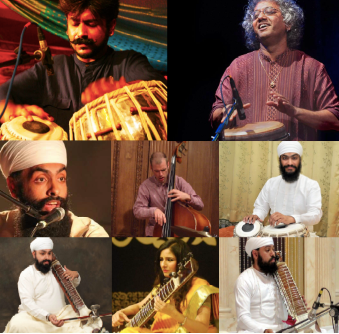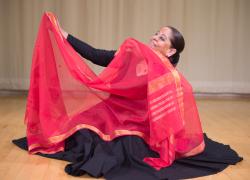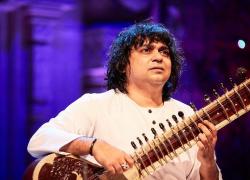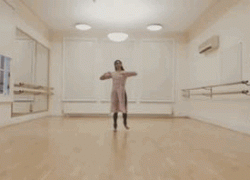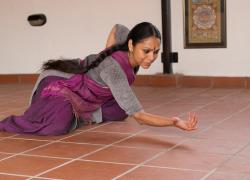RAINMAKER: A Rhythm Journey with Balwant Singh, Talvin Singh, Taufiq Qureshi and friends.
RAINMAKER: A Rhythm Journey with Balwant Singh, Talvin Singh, Taufiq Qureshi and friends, 25 August 2017, King's Place, London – Reviewed by Anjali Khanna
‘Music is God’s food and truth His attire.’
– Sri Sri Satguru Jagjit Singh
To welcome in the monsoon season, Jagjit Singh Arts, a non profit organisation presented ‘Rainmaker’. The organisation was set up in honour of Sri Satguru Jagjit Singh to promote, preserve and make accessible Indian classic music for all. Sri Satguru Jagjit Singh was a spiritual master, musician, philanthropist, and his legacy remains a source of strength and inspiration for many. His support for many of the greatest names of Indian Classical music is well known: Ustads Vilayat Khan, Piara Singh, Amjad Ali Khan and Alla Rakha; Pandits Krishan Maharaj, Birju Maharaj and others. He also mentored many talents from the Sikh Namdhari community including the renowned Punjabi vocalist and multi instrumentalist Balwant Singh, who brought in the first part of the evening.
Accompanied by a host of talented musicians: Harpreet Singh (tabla), Kirpal Singh Panesar (tar shehnai) and Uday Singh (dilruba), Balwant Singh performed ancient compositions taught by his Guru. The show took off with an aptly chosen early evening raga kedar in taal dhamar. Raga kedar, named after Lord Shiva occupies a high place in the hierarchy of ragas. It is characterised by complex melodic gestures and turn of phrase. In the hands of a technical virtuoso, the execution was nothing short of sublime.
What followed were bandishes of other ragas: raga gara, belonging to a family of ragas (kafi, pilu, zilla), is believed to have derived from folk traditions. These remained informal melodic entities until the 18th century, after which their syntax was organised by classically trained musicians. They are still rarely performed on the classical stage so this was a real treat. In keeping with the evening’s ‘Rainmaker’ theme, raga miyan malhar came next. Miyan malhar is a variation of raga malhar, introduced by Tansen, a composer in the Mughal court of the Emperor Akbar. Associated with the atmosphere of torrential rains, legend has it that the power of this raga is such that it can induce rainfall!
In the second part of the performance, we experienced a break with ancient tradition, and saw a contemporary fusing of disparate elements from Eastern and Western cultures. Taufiq Qureshi, accompanied by Kirpal Singh Panesar on the esraj kicked off the final part of the evening with a riotous solo on the djembe, playing an array of Indian, Arabic and African-inspired grooves. A particular favourite was his lively interpretation of a traditional Maharashtran rhythm fused with a traditional tabla technique of ‘rela’ layered over it. Qureshi’s ‘feel for the world of sound with all its intricate nuances makes him one of the most popular percussionist and composers in the world of studio recordings, with numerous awards to his name. His signature style involves the adaptation of tabla techniques and syllables onto other percussive forms, such as the djembe, duff, bongos, and batajon.
He was then joined on stage by Talvin Singh (tabla), Roopa Panesar (sitar), and Ben Hazleton (double bass). Talvin Singh, a celebrated producer, composer, DJ and tabla player, is known for fusing elements of Indian classical music with Western genres. Internationally recognised as the father of modern Asian electronica, he has numerous accolades to his name including the Mercury Prize and the Southbank Prize. He has collaborated with many artists including Bjork, Blondie, Madonna and Nusrat Fateh Ali Khan. Roopa Panesar, known for her soulful and emotive sitar playing, is a rising star on the UK’s Indian classical music scene. Kirpal Singh Panesar, also one of the brightest talents to emerge on the UK’s music scene, is regarded as one of the leading tarshenai/ esraj players today. He has accompanied many greats such as Sukhwinder Singh Pinki and Rajan Misra. Ben Hazelton, ‘Young Jazz musician of the year 2003’, is one of the best contemporary jazz bassists of his generation.
The musical chemistry between these talents was wonderful and the collaboration took off with a piece called ‘Prayer’, a composition by Talvin Singh, dedicated to the late Ravi Shankar for ‘his contribution to music universally’. Backed by an electronic track, each musician contributed layers of rhythm and melody that made for an emotive, hypnotic piece. A beautiful rendition of raga desh was performed, chosen not only because it is a monsoon evening raga, but also because it was one of Satguru ji’s favourites. The audience went on to hear some rhythmically interesting pieces: a composition in four and a half beats, tabla and djembe solos, and even a drum duo in teental between Taufiq Qureshi and Talvin Singh.
The entire evening was peppered with anecdotes about Satguru ji’s life and each artist paid homage to him and what he personified. To worship Satguru ji is to worship music as God. As we were taken on a mellifluous journey from ancient to modern, this context remained the same, reminding us that the journey is essentially always inwards.

